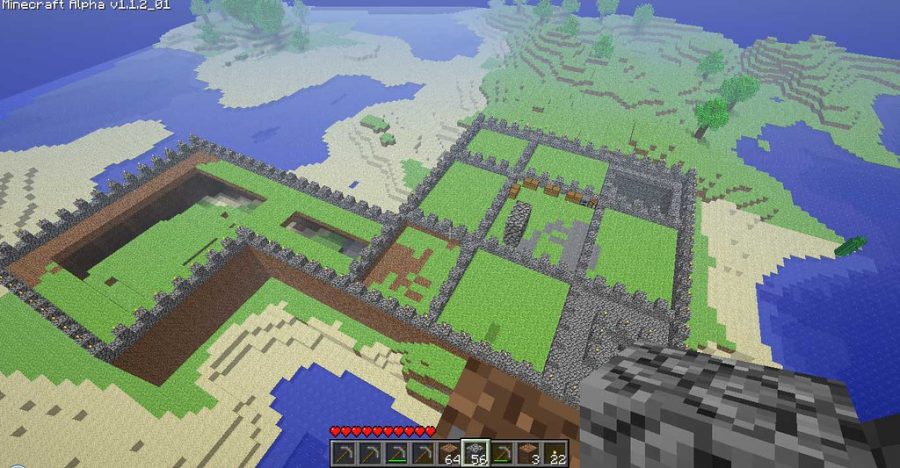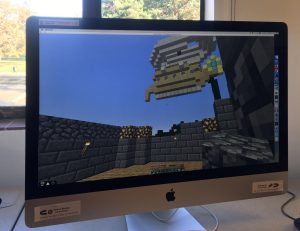Last class, we had the grateful opportunity of having Rich McCue come into our class and do a short lesson of many apps we can use to learn coding. The first coding application we had a chance to use was Scratch which is great app for younger learners. I myself didn’t try this application myself but I got to view other students who were using this. The app didn’t really seem too appealing for me to use because the site seemed pretty bare and didn’t catch my attention. The coding application that I did use was Grasshopper. This app very animated and easy to use for beginners. It has a tutorial mode where it allows a user to go through steps in order to learn all the functions. A user can only proceed to the next step if they correctly perform all the right functions in the current step. This app is very accessible and is available on iOS and Android apps. I was able to follow along consistently and learning important information on different methods of coding. It also introduced me to short cuts when coding to save time in the future once I get the hang of it. I definitely recommend this application to individuals who want to get into coding.
We also had tech presentations where students present technologies that may aid in learning for students. We had a chance to sign up for a technology application at the beginning of the semester, use this app consistently and now present your experience with it. The main focus of this assignment was to get us students discovering technology applications that may improve pedagogy when we become teachers. We could present these applications in groups, pair or as solo individuals. Presentations that caught my attention were Coach’s Eye, Sky Safari and Flipaclip. These are very fascinating apps and I am curious to see how I can implement these as a teacher so I will be conducting further research on these. My tech inquiry is on MyFitnessPal, which is an app that tracks the diet and workouts of users.


